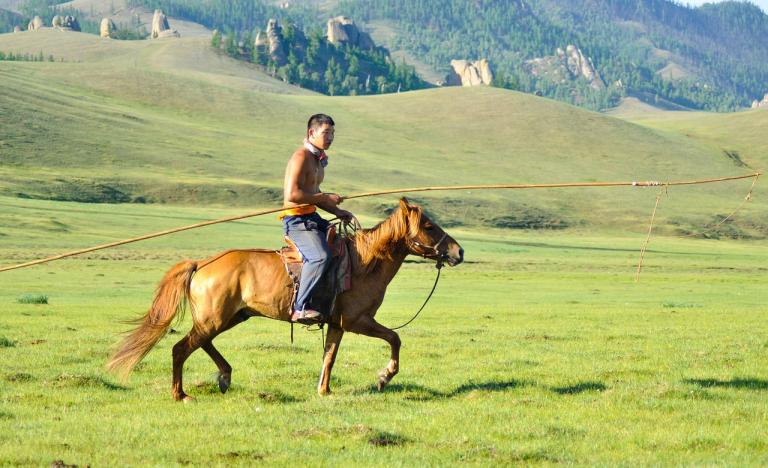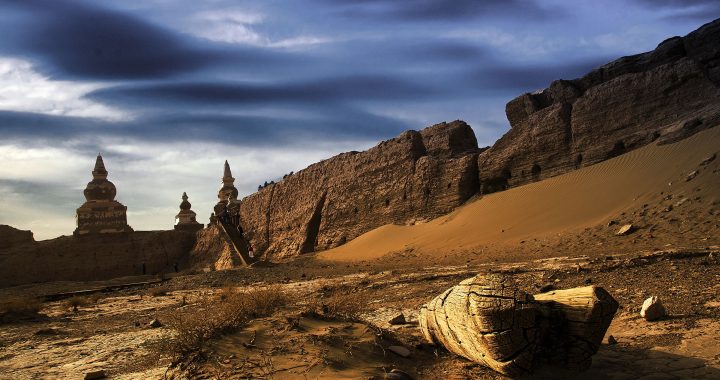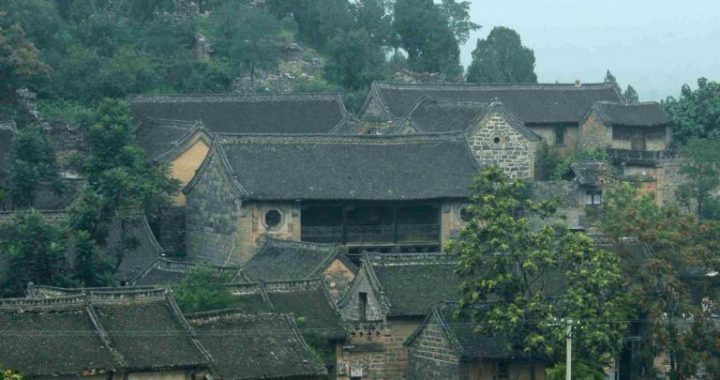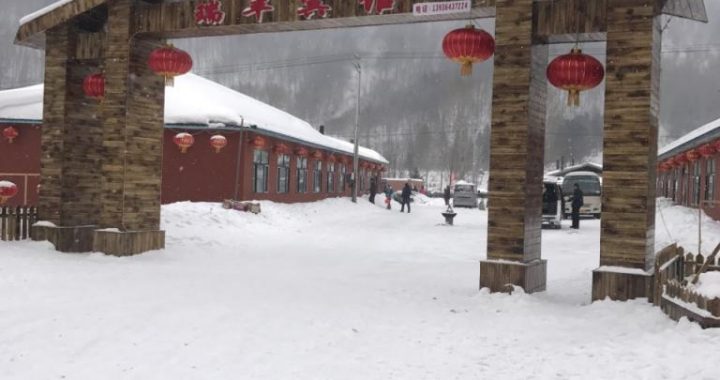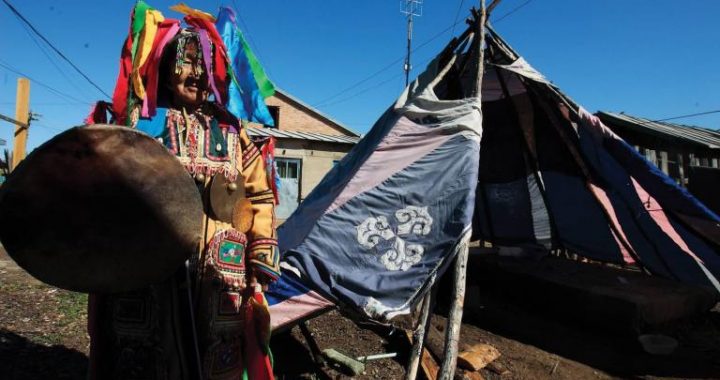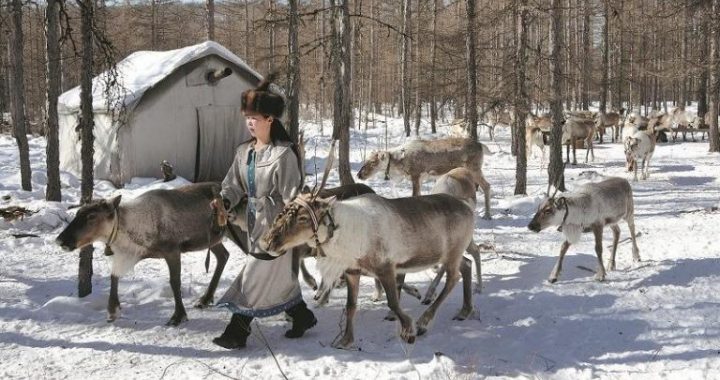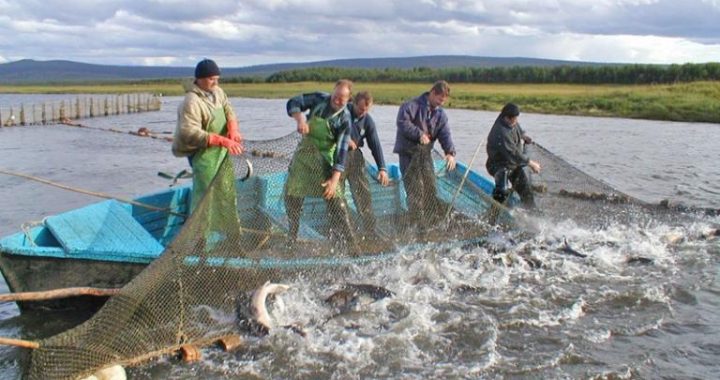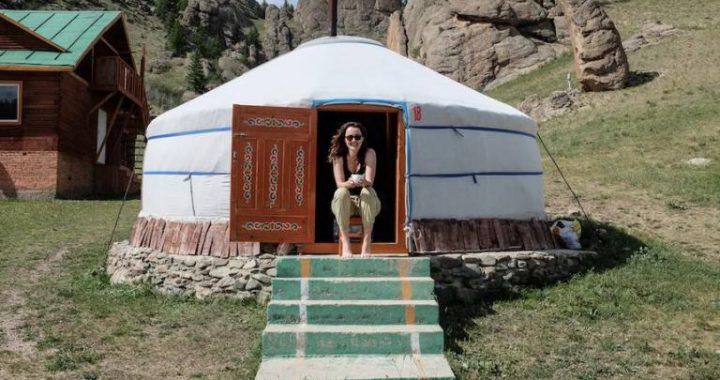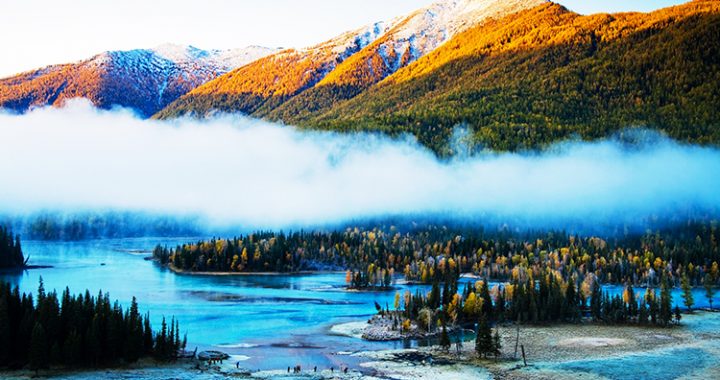Mongolian riding
4 min readThe Mongolian people used to be one of the nomadic tribes on the grasslands in north China. In the early 13th century, the Mongolian people, led by Genghis Khan, unified all tribes on the Mongoliar Plateau, and thus formed a group, the Mongolian nationality. Today, the Mongolian people in China mainly live in the Inner Mongolian Autonomous Region, and autonomous areas in Xinjiang, Qinghai, Gansu, Heilongjiang, Jilin and Liaoning-5.81 million people in total.
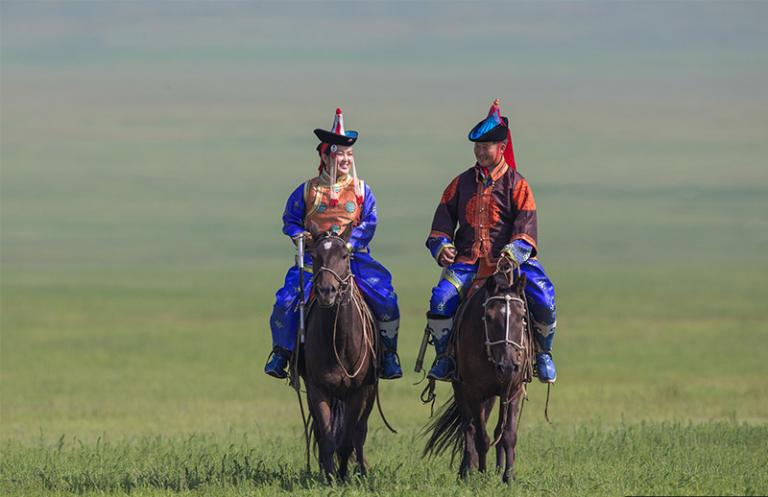
The ancient Mongolian Plateau connects the Changbai Mountains and Heilongjiang River in the east, the Tianshan Mountains and the Tarim Basin in the west, the grand Siberian grasslands in the north and the Yinshan Mountains in the south. Geographically, the Mongolian Plateau has a dry grass-land climate. As it is in China’s north, which is high, cold, dry and snowy, the plateau is not suitable for farming. Yet the vast grasslands are ideal for developing animal husbandry. For this reason, animal husbandry has long been the foundation of Mongolian people, the best basis of their life. For hundreds of years, the Mongolians have lived a nomadic custom of migration of following the grass and water, leaving footprints in the country’s many pastures. They lived in yurts that can be easily installed and dismantled. Now most Mongolians have settled down in brick or earthen houses, and grasslands tourism has become a passion.
Nadam, in Mongolian, means amusement and games. Every July or August,a Nadam festival is held on grasslands as an age-old custom,a sporting competition to display wrestling, archery and horse-racing skills. These days, it has more contents and, in addition to a celebration for a good harvest, the festival incorporates trade activities. Traditional wrestling, archery and horse racing are still con-sidered three necessary skills for Mongolian men to possess.
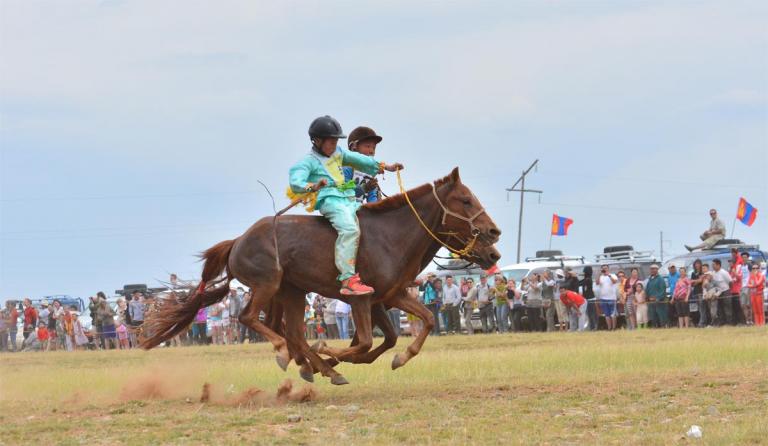
Wrestling is probably the most popular and most loved sport among Mongolian people. After Genghis Khan was made the leader of all Mongolians, he made wrestling a criterion of selecting armygenerals. Average people made wrestling an important event in their holidays. The outcome of a match does not depend on the wrestler’s weight. In Mongolian style, one loses if three body parts above the knee touch the ground at the same time. Winners win titles,”giant”for one who beats all rivals for two years in a row, while”lion,””elephant”and “eagle”are rankings below. In history, wrestling was not only a competition, it was a method of choosing a son-in-law. To Mongolian people, wrestling is a con-test of strength, courage and wisdom.
Wrestlers may travel a long distance to the Nadam Festival. The champion will win much respect from people and love from girls. The wrestling competition is an elimination series with just one round between two wrestlers. Wrestlers wear high-top boots, leather vests with decorative metal spikes, very loose pants and red, yellow or blue silk ribbons around their necks. Upon thunderous applause from spectators, they stalk in “eagle steps”around the arena first, brimming with confidence and singinga war song. The winner receives a prize:a sheep, tea bricks or even a beautiful, outfitted stallion.
The horse races are equally compelling. The Mongolian people have a reputation of being”a nationality on horseback.”Horses,a fundamental part of their life, are indispensable in whatever they do, whether it’s battling, hunting, herding or doing trade. The Mongolians learn to ride horses ata very young age.A high level of riding skill makes life much easier. Through a thrilling horse race, the demonstrate the finest animals and exhibit marvelous riding skills. The two types of horse races are galloping and trotting. The latter is only for adults with sophisticated qualities beautiful appearance, steady gait and faster gait than the others. Meanwhile, the galloping race may have several hundredju-veniles in attendance. It’s simple: the first to finish the run will win the prize and praise.
Bows and arrows, necessary in battling and hunting, have been loved since ancient times, and represented manhood. Archery, like horse racing, is also an important program at the Nadam Festival. The archery competition has two forms, still archery and archery on horseback; they differ in range, arrows and bows, their weight and length, and pulling force. Archery on horseback is done at a run. Brave Mongolian men, in tight-sleeved robes, bend their bows to shoot on galloping horses. Sometimes several bows may be shot at the same time. Excellent marksmen win resounding applause from spectators.
The Mongolian people sing a unique tune called Urtiin duu(long-song), an age-old form character-istic of nomadic culture and local grassland custom. Each line in the tune has two parts, improvised by singers about life experience or feelings, sung at varied rhythms. Most of the lyrics involve the beauty of grasslands, fine horses, herds of camels, sheep or oxen, azure sky, white clouds, rivers and lakes. Generally, Urtiin duu is accompanied by a Mongolian stringed instrument called ma tou qin (horse-head violin). Urtiin duu has fewer lyrics but a drawn-out tune, which sounds very melodic and expressive.
What’s most special about it is that the singer can sing the high and low tones at the same time,a technique called hu mai. Urtiin duu is viewed as a living relic of Mongolian folk music.
For hundreds of years, the Mongolian people have sung Urtiin duu about life, Mother Nature and for a much-blessed future. When the soul of Mongolian music, the melodious and highly expressive Urtiin duu and hu mai singing are heard across the grasslands, the special charm of the grasslands is highlighted to its finest details.
